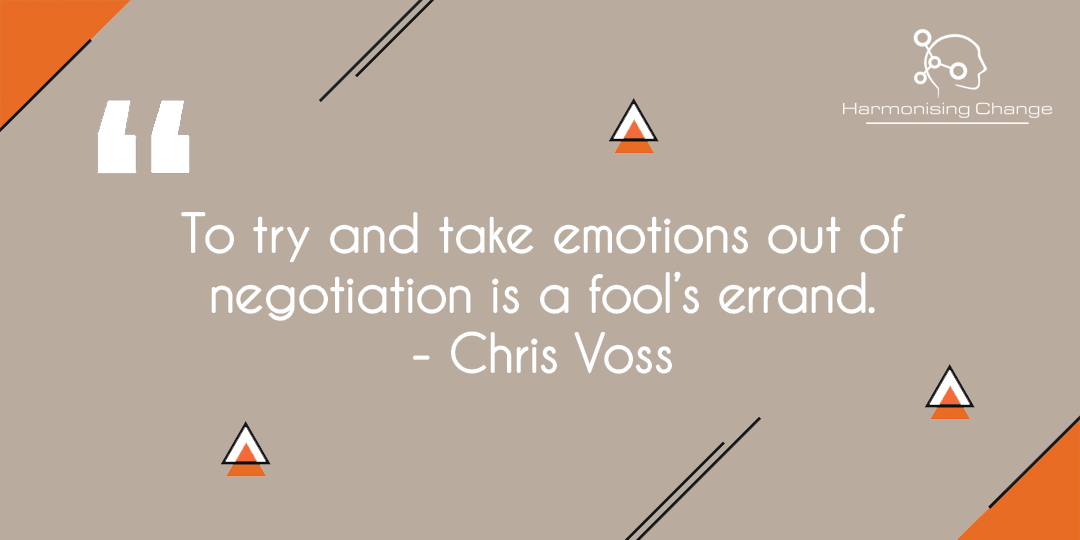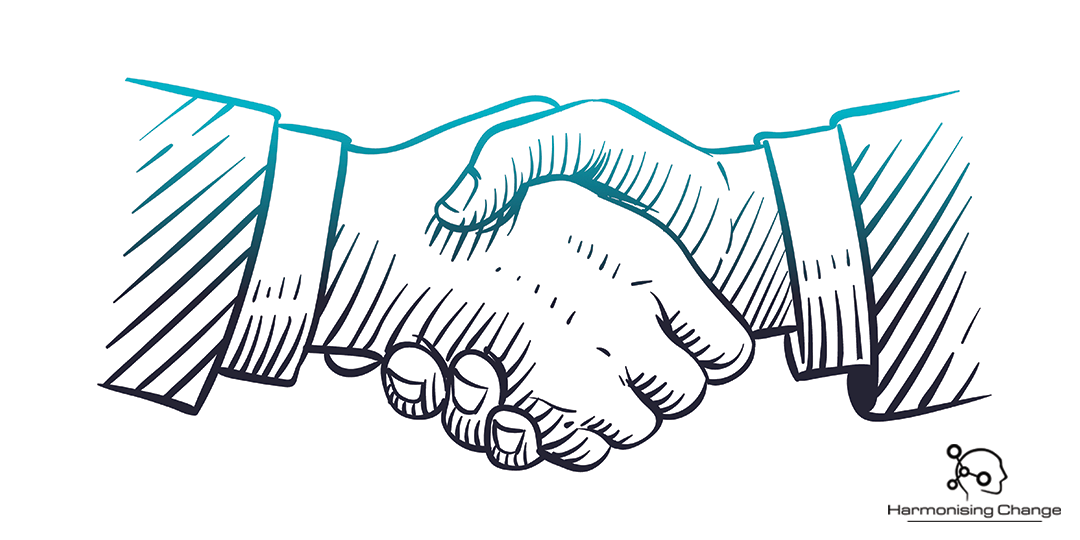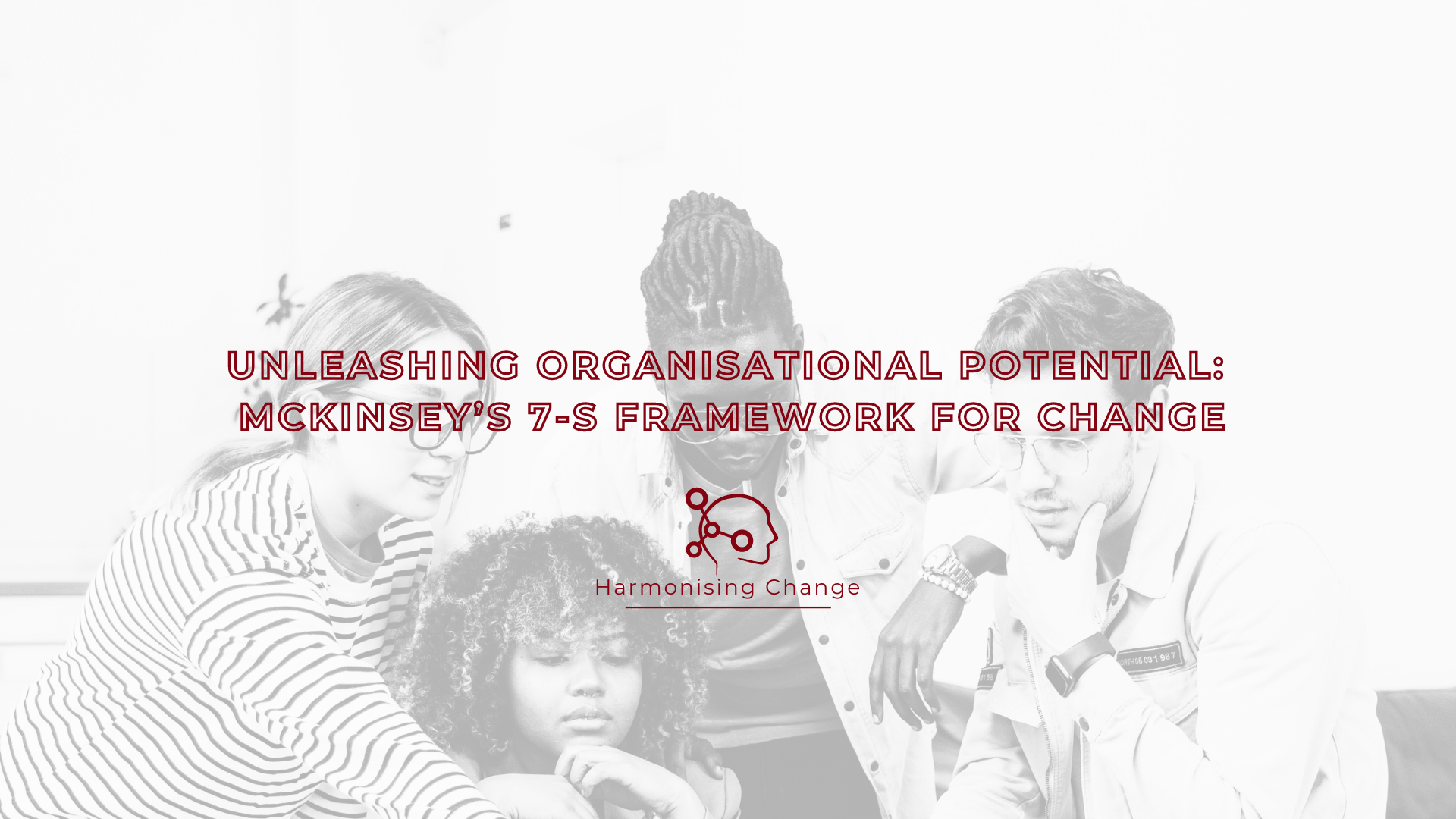
The Art of Negotiation in Change Management
People Change Management is the art of mastering people’s reaction to, and decision making process throughout a change journey, and then supporting whatever that journey may look like. Change is a deeply personal process and for this reason, no two transformations will be the same.
On the blog last week, we looked at communication and the role it plays in successfully driving a change strategy. Throughout March, we’ll unpack the Art of Negotiation and the benefits it has on driving transformation.
One of the biggest challenges, and in fact, one of the biggest reasons for failed change initiatives is resistance. How can we approach these initiatives, expecting resistance? How do we plan for this? How do we use negotiation skills from the outset, to eliminate resistance later on?
Historically, negotiation was perceived as a negative approach to manipulating your opponent into achieving an outcome that leaned in your favour. But, in drawing inspiration from Chris Voss, a former FBI Hostage Negotiator, we look at negotiation as a partnership in pursuit of a mutually beneficial outcome.

These kind of collaborative discussions should include:
- Making a concerted effort to show the other party that you are negotiating in good faith. It is important to let them know that your end goal is not to deceive or exploit them, but instead to find positive ways to work together.
- Letting them know that you are genuinely interested in what drives their resistance, opinions and insights. Understanding their goals, motivations, wants and fears will help in navigating the negotiation effectively. This interest will lead to an authentic connection and give reassurance that the goal is an optimal outcome for both parties.
- Building trust through the use of empathy. Appealing to emotions can build rapport, mutual understanding, influence and ultimately a mutual agreement. Both parties will feel heard and will be more agreeable in making decisions that are focused on a mutually beneficial outcome.
Change leaders often assume that eliminating emotion from the process would create the most logical outcome, avoiding any opportunity to ‘open a can of worms’. But, as we’ve come to understand through neurological research, there is no way to cut people’s feelings out of any process. People will always have an emotional response to any situation, this is human nature. It’s how you deal with these responses that will make all the difference.
As emotions are expressed through mutual negotiation,
- work to deactivate negative feelings, feelings of fear, suspicion, anger, aggression and distrust;
- aim to magnify positive emotions, building trust, comfort and rapport.

When there is resistance, we must work to understand that the other side has a rationale, motivations and strong feelings that are fueling their resistance. By using curiosity, empathy, influence, positivity and rapport to guide discussions from the outset of a change journey, employees will feel heard, part of the transformation and may be less likely to offer up resistance further down the line.
Get in touch with us at info@harmonisingchange.co.za to find out more about our People Change Management Coaching services.



